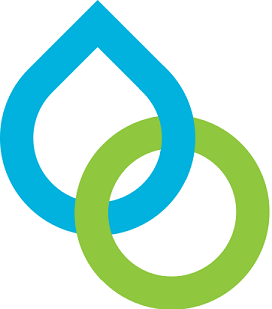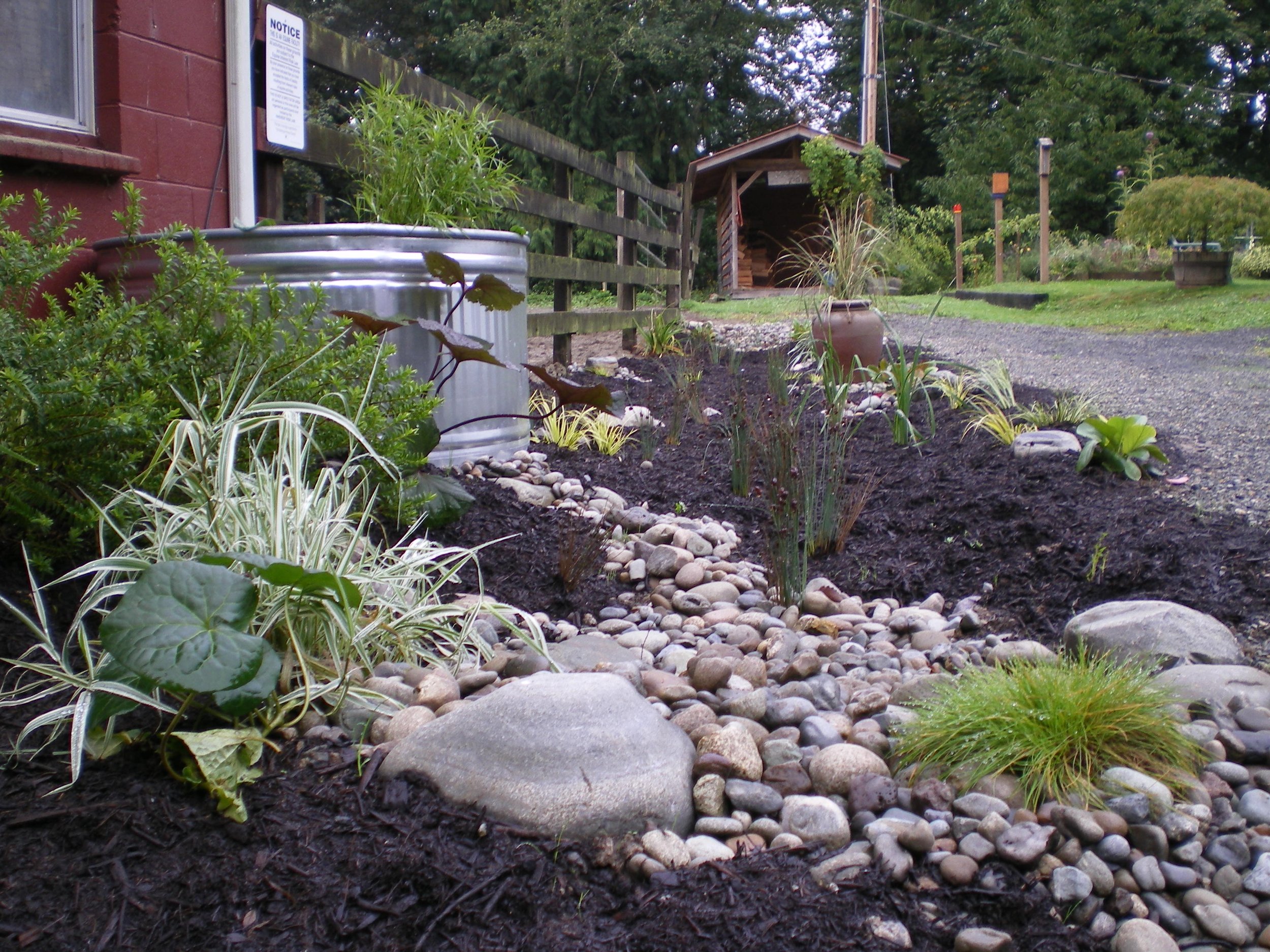Summer is a season of sunshine, play, and unfortunately, excessive water use. As temperatures climb, our reliance on water increases, from watering lawns and filling pools to cooling off with long showers. While these are natural parts of summer life, they also offer an excellent opportunity to teach the next generation about one of the planet’s most precious resources: water.
Children are naturally curious, hands-on learners. When we equip them early with knowledge, empathy, and practical tools, they can grow into lifelong stewards of the environment. This summer, swap out the classroom for a little creativity, a love for nature, and a splash of fun.
Make It Hands-On!
Kids absorb lessons best when they’re actively engaged. Here are a few interactive and low-cost ways to make water conservation tangible and memorable this summer.
Start a Water Log
Give your child a simple journal or printable chart where they can track their water use for a week. How long their showers are, how often they run the tap while brushing teeth, or how often the hose is used in the garden. Seeing the numbers add up makes abstract ideas real.
You can also calculate your water footprint here.
Host a Backyard Science Day
Set up a few mini-experiments that demonstrate how water works in nature, like:
Evaporation Station: Leave cups of water in sun and shade, then compare.
Soil Absorption Test: Use a sponge and dry soil to show how healthy land retains water better than compact or sandy soil.
Rain Catchers: Build DIY rain barrels or jars to collect and measure rainfall during summer storms.
Become a “Water Detective”
Challenge your child to find and fix water waste around the home. Can they spot a dripping faucet? Can they help install a low-flow showerhead or aerator? Frame it like a mission: “Project Save the Planet: One Drop at a Time”.
Plan a Water-Themed Nature Walk
Visit a stream, lake, or even a puddle after a summer rain. Bring magnifying glasses or nets to observe aquatic insects or amphibians. Talk about how clean water supports life, from dragonflies to deer.
While on your walk, encourage your kids to collect waste by bringing along garbage bags and gloves. Chat about how this pollution can actually reach our oceans via our freshwater eco-systems and how all water on the planet is connected.
Create a “Water-Wise” Garden
Instead of a thirsty lawn, let your child help plant native species that thrive in your local climate with minimal watering. Add mulch to help retain moisture and explain how healthy soil and plants filter rainwater.
You can also connect a rain barrel to your downspout to collect rainwater runoff for watering the garden. The Toronto and Region Conservation Authority (TRCA) demonstrates this through their Harvest the Rain project and with their numerous resources here.
Water Art Projects
Let creativity meet advocacy.
Paint water droplet characters with conservation messages.
Create a “Save Our Streams” (SOS) poster to hang in the window.
Make a comic about a superhero who protects rivers and lakes from pollution.
You can learn more about the rehabilitation and conservation of Ontario’s streams, rivers, and wetlands through the work of Ontario Streams.
Integrate Stories, Songs & Shows
Kids, and adults for that matter, remember stories much longer than they do statistics.
Books: We Are Water Protectors by Carole Lindstrom and The Water Walker by Joanne Robertson (inspired by Indigenous-led movements), A Cool Drink of Water by Barbara Kerley, or The Water Princess by Susan Verde.
Short Films: Use Water Docs’ free youth-focused films that explore nature and sustainability or the many great free films to explore on the WaterBear network.
Music: Sing songs about rain, rivers, or oceans. Let your child write their own “water rap”. You can discover some great children’s songs about water here.
Encourage Empathy & Global Awareness
Older children can begin to understand that clean water access isn’t equal around the world. Share age-appropriate stories from communities where clean water is scarce or threatened. Explain how our choices like conserving water or avoiding pollutants can affect people far away.
Consider having them:
Write a letter to a local representative about water quality on Indigenous reserves in Canada.
Donate a portion of their allowance to a clean water charity, like Water First or Water.org.
Join a virtual walk or fundraiser for global water access.
Make water conservation feel like an achievement, not a chore. You could even create a homemade “Water Hero” badge or certificate at the end of summer.
Teaching kids to respect and conserve water isn’t just about protecting the environment, it’s about raising humans who are mindful, connected, and compassionate. In a warming world with ever increasing water challenges, these lessons are vital and more important than ever.














